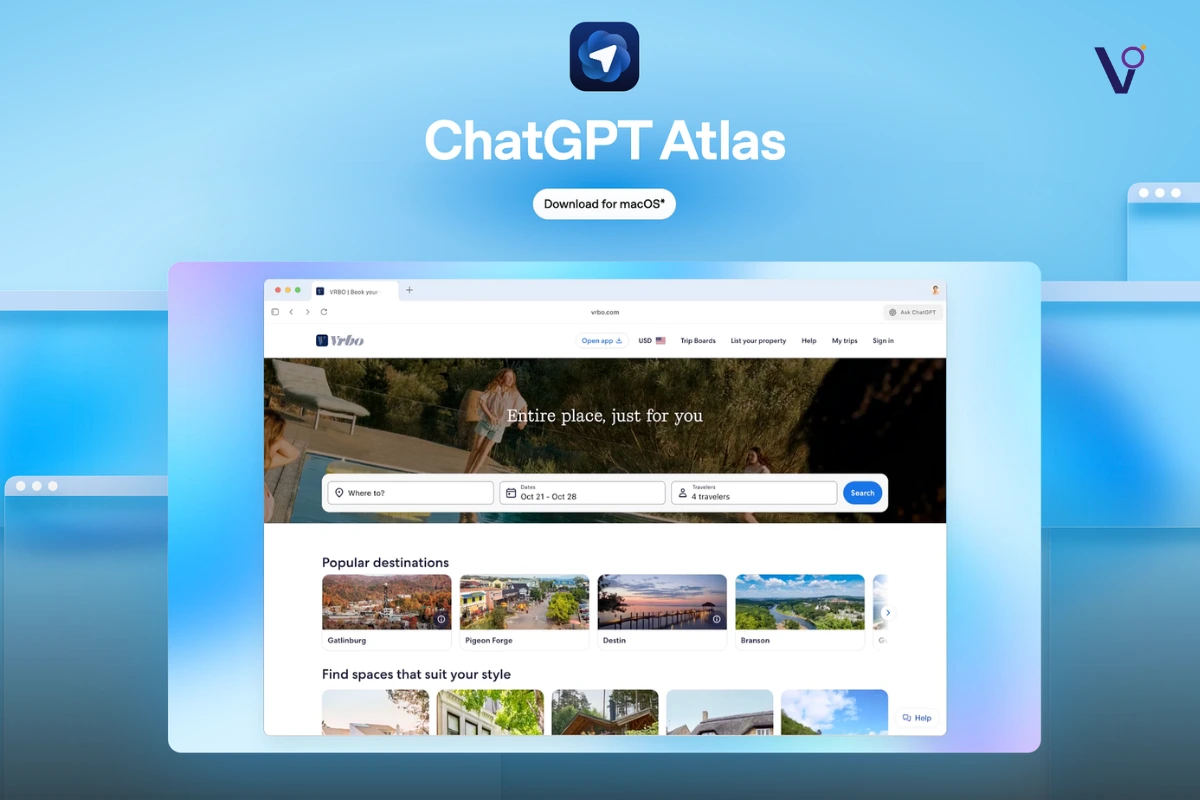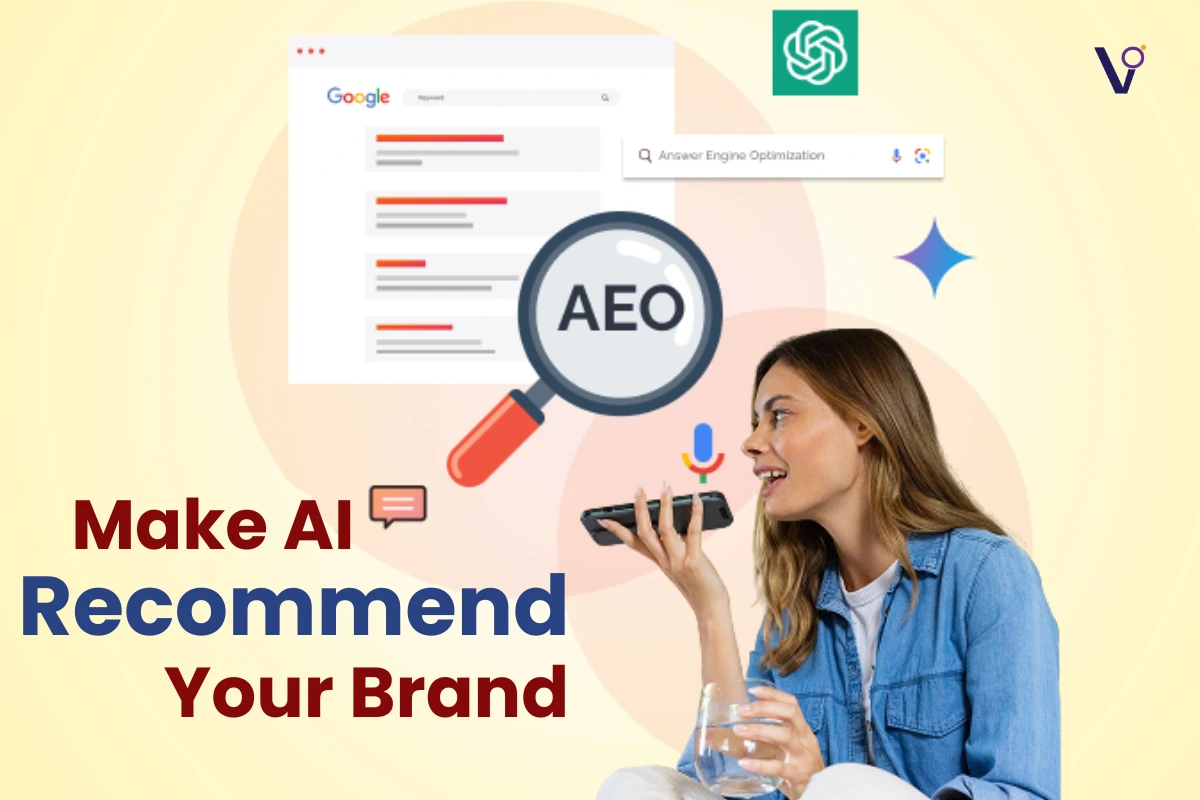Cultural and traditional values play such a big role in how a brand is perceived, don’t they? Take Starbucks, for instance. When they expanded into Australia, they quickly learned that the coffee culture there was so different. Australians love their local coffee shops and have a very specific coffee culture, which led Starbucks to shut down 61 stores. Crazy, right?
That is why even Jaguar had to adjust. In the 80s, they found their original market simply was no longer buying; thus, they completely changed the brand identity and targeted a young, forward-thinking market. It is pretty interesting how consumers’ habits and demographics change, thus forcing brands to shift their direction. Jaguar and Honda-Nissan merger are both completely shifting their brand perception to fit into the cultural differences they will have to deal with in the future.
For more details on the same, tap on this link: https://viralomega.com/jaguars-new-logo-and-branding/
And then there’s McDonald’s. That’s huge in the US, but will it generate the same sales in a place like Italy, where people are so deeply set in their tradition of home-cooked meals? It is going to be a tough sell!

Overview of Honda-Nissan Merger
Have you heard about the Honda-Nissan merger? This is a huge deal and is expected to shake the auto industry worldwide! It was announced on December 23, 2024, and it will be finalized by 2026. They are going to become the world’s third-largest auto group in terms of vehicle sales, only behind Toyota and Volkswagen.
What’s driving this? Well, the competition is very intense right now, especially with Tesla and Chinese automakers like BYD dominating the EV space. Both Honda and Nissan realized they need to step up their game, and joining forces is a smart move to share resources and push forward on innovations like electrification and autonomous driving.

But let’s get one thing straight—it’s not about “saving” Nissan. Honda CEO Toshihiro Mibe said himself, “It is to take the strengths of both and challenge the market.” And they’re not just dreaming of a few things: combined sales are to be $191 billion, while the operating profit is expected to reach over $3 trillion. It’s huge!
Mitsubishi Motors is also in Talks:
And it’s not only about the two companies. Mitsubishi Motors is also in talks to join the fray, which will make their annual global sales go over 8 million vehicles. That’s pretty cool, right?
The real interesting part here is how this merger reflects the shift in dynamics in the auto industry. Legacy automakers are now being pressed as the market moves toward EVs and software-driven vehicles. This partnership might become the template on how traditional car brands can stay relevant going forward.
It also reminds us of how important it is for companies to adapt to different markets. The way Jaguar had to reinvent itself and brands like Starbucks had to rethink their strategy in certain regions, the case of Honda and Nissan stands out as a testament that success comes from staying ahead of the curve and responding to changing consumer demands.
What do you think—can this marriage give Honda and Nissan enough to challenge Tesla and the emerging Chinese house of automakers?
The Iconic role Hennessy plays during Christmas Eve
We’ve talked a lot about cars and how brands adapt to different markets, but let’s switch gears and talk about something festive—Christmas Eve and the iconic role Hennessy plays in holiday celebrations, especially in the U.S. If you’ve ever been to a Christmas gathering, chances are you’ve seen a bottle of Hennessy on the table. The brand has done such a great job with its marketing that it’s practically become a holiday staple.
Let’s dive into how Hennessy made this happen and what makes it such a cultural icon during the holidays.
Hennessy: Holiday Staple
Have you ever wondered why Hennessy feels so tied to Christmas Eve? It’s not just coincidence; it’s brilliant branding. Over the years, Hennessy has positioned itself as a symbol of luxury, warmth, and connection—perfect for the holiday spirit.
Hennessy’s Marketing Strategy
A Bottle for Every Occasion:
Do you know the multiple different types of Hennessy that you can have? Different tastes and occasions for such make the brand accessible yet exclusive.
- VS: Very Special has aged for a minimum of 2 years, making great additions to holiday cocktails, casual drinking, and that type of thing.
- VSOP: Very Superior Old Pale has aged for at least 4 years. Sippable neat or over ice, it makes for an excellent good sipper.
- XO: Extra Old, has aged for 15–20 years; this is the bottle you bring out when you’re going for ultimate luxury.
By offering this range, Hennessy ensures that there’s something for everyone—be it mixing drinks for a huge party or savoring a quiet Christmas Eve moment.
And the best part is that this house, Hennessy, is a family house. From its inception as a family concern, even after its amalgamation with Moët et Chandon in 1971 and its joining LVMH in 1987, this has remained a family vision house. And that is why it goes so well with Christmas, as people love to celebrate the family and come together then.
Hennessy does not just rely on tradition but has managed to stay fresh through mainstream culture. From being partnered with hip-hop in America to its work with influencers and artists, Hennessy has become more than a potable alcoholic beverage—it is a lifestyle. Its cultural connection to music, arts, and pop culture makes it an organic element for celebrations.
Conclusion
Cultural sensitivity is the bedrock of global brand success. From Starbucks’ mistakes in Australia to Hennessy’s brilliance in aligning with cultural moments like Christmas, the ability to adapt to local traditions and values is what separates thriving brands from those that stumble.
Jaguar and Honda-Nissan merger are adjusting to global trends such as EVs and autonomous driving to stay competitive. Whether it is a car company redefining its strategy or a beverage brand like Hennessy making itself part of holiday traditions, the key is adaptability.
Culture shapes consumer perceptions, behaviors, and loyalty. Brands must align messaging and offerings with local values to foster deeper connections and ensure global success.
Cultural changes demand agility. Starbucks struggled in Australia by not adapting to local coffee culture, leading to store closures. In contrast, McDonald’s thrives globally by localizing menus, like vegetarian options in India.
Hennessy aligning with Christmas traditions in the U.S. highlights how cultural relevance strengthens consumer connections and brand loyalty.



